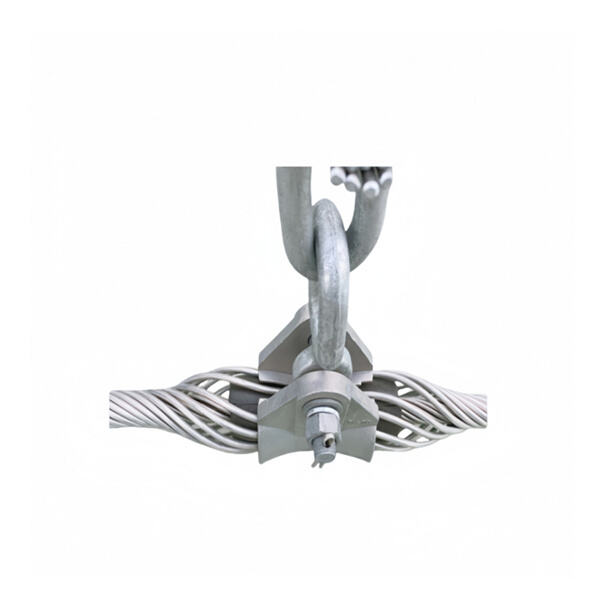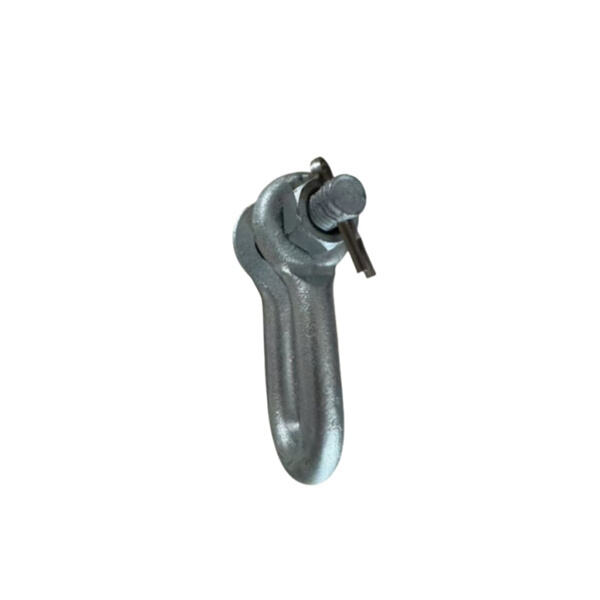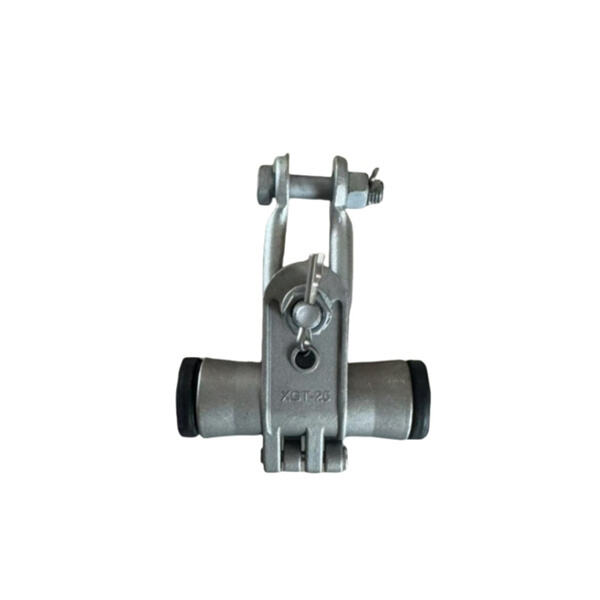Fiber cables connectors are critical parts of the internet as they link various devices to enable them to speak to one another. It is important to know how fiber cable connectors provide us high speed internet so we can try to maintain their strength and reliability. And how data can actually get from one place to another thanks to fiber cable connectors are tiny little things that fit together like a puzzle. They may be little, but they play a big role in maintaining a smooth-running internet. Without those fiber cable connectors, our gadgets wouldn’t be able to talk to one another.
Fiber optic wire cable come in so many different forms and varieties, though they all share the common function of handling the fine glass fibers within. Some are made to function in unusual surroundings, including under water or in outer space. Still others are built to handle lots of data at a time, which is how our internet stays so fast and effective.

Benefits of Fiber Cable Connectors in Network Infrastructure There are many advantages of using fiber cable connectors in the network infrastructure. They have the ability to send data over long distances without losing signal strength, which makes them perfect to connect remote places. And in a ftth drop fiber optic cable, the connection doesn’t get worn and as dirty as in a copper cable.

It’s important to be cautious and accurate when it comes to setting up fiber cable connectors. A single small mistake can interrupt the data flow and interfere with our internet connections. Routine maintenance is also important to maintain the condition of fiber optic cable connectors to ensure problems are not developed before they arise.

Selecting the proper fiber patch cord connector for your application is critical for a reliable connection. Some types are best suited for high-speed data transfer and others are more durable and resistant to weather. Once you know the exact requirements of your network, you can choose the perfect fiber optic drop connector.